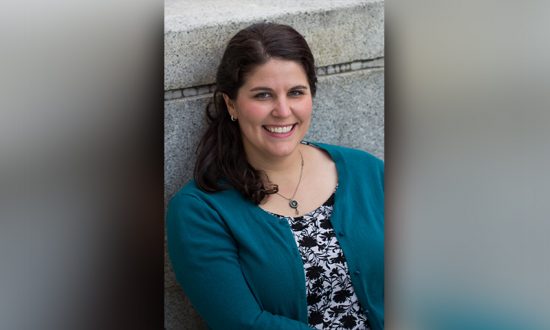Emma G Rose is a freelance writer and content strategist who writes about education topics including higher education, the science and theory of learning, and what the education of the future might look like. Her work has appeared in Umaine Alumni Magazine, Inside Business of Hampton Roads, The Washington Examiner, and the Virginian Pilot as well as numerous websites and education blogs.
COVID-19 is forcing university classes to move online. Much as I love online learning, I’m afraid of what this sudden change will mean for higher education and for students. Some will certainly be left behind, while others will use innovation and determination to thrive.
When I graduated in 2008, online learning was much less common than it is today. I took my first online class when I was a senior. It was an overwhelmingly positive experience. I wished I had taken all of my general education credits online.
Although I did enjoy being on campus, online learning was so convenient. I could learn at my own pace, and I didn’t have to worry about walking to class in the snow. (A common occurrence in the Northern United States where I went to school.)
Today, many students are experiencing a different kind of online learning. Today, COVID-19 is pushing everyone to learn remotely, whether they like it or not. The result is anxious and underprepared instructors teaching classes that were not designed for an online platform. Meanwhile, students with unreliable internet access try to focus while their entire family shelters in place with them.
Online classes are happening, but how much are students learning? True online learning requires curriculums designed for digital platforms. Both students and teachers must be able to focus on coursework. Courses should be thoughtfully designed, tested, and improved.
This is not online learning. This is survival.
At least, institutions of higher education hope they will survive. In the United States, where we have more than 4,000 degree-granting institutions, higher education has been under stress for a while. The high cost of a degree, admissions scandals, and questions about whether higher education really prepares students for their careers have raised questions about the value of higher education.
Now, COVID-19 and the sudden rush to online instruction will almost certainly close some universities. Private institutions may not achieve the enrollment numbers they need to persist, while public institutions receive less state support. Both will face shortfalls as fewer international students make the trip to the United States.
Yet, some universities are innovating. They are using this opportunity to update how they communicate with students, test online learning programs, and get professors comfortable with online teaching. Meanwhile, many instructors are working overtime to help students continue their education.
Some institutions have already committed to online learning for the autumn. California State University at Fullerton has said it will start next semester with online-only courses. Meanwhile, the University of Massachusetts system is making plans for both online and in-person instruction. Universities in the UK are doing the same.
The great fear, of course, is that students who can’t study on campus will defer or choose not to enroll at all. Drops in enrollment could break already-strained university budgets. So, in addition to the challenge of learning how to run a university online, institutions must also quickly prove that their online learning models are working.
There is no denying that the next few semesters will be challenging for students, instructors, and the higher education system in general. However, like all challenges, this one represents an opportunity. With millions of students around the world suddenly studying at home, we have an unprecedented opportunity to understand what really works and what doesn’t.
Institutions can use what they’re learning from this sudden global investment in online learning to build more robust learning systems that give students the tools to succeed in a modern, digitally connected world.
When the pandemic is over. When the world reopens, I hope we’ll remember the lessons we’ve learned here. Instead of going back to “normal,” I hope we build a new and more robust structure for both online learning and in-person instruction.




